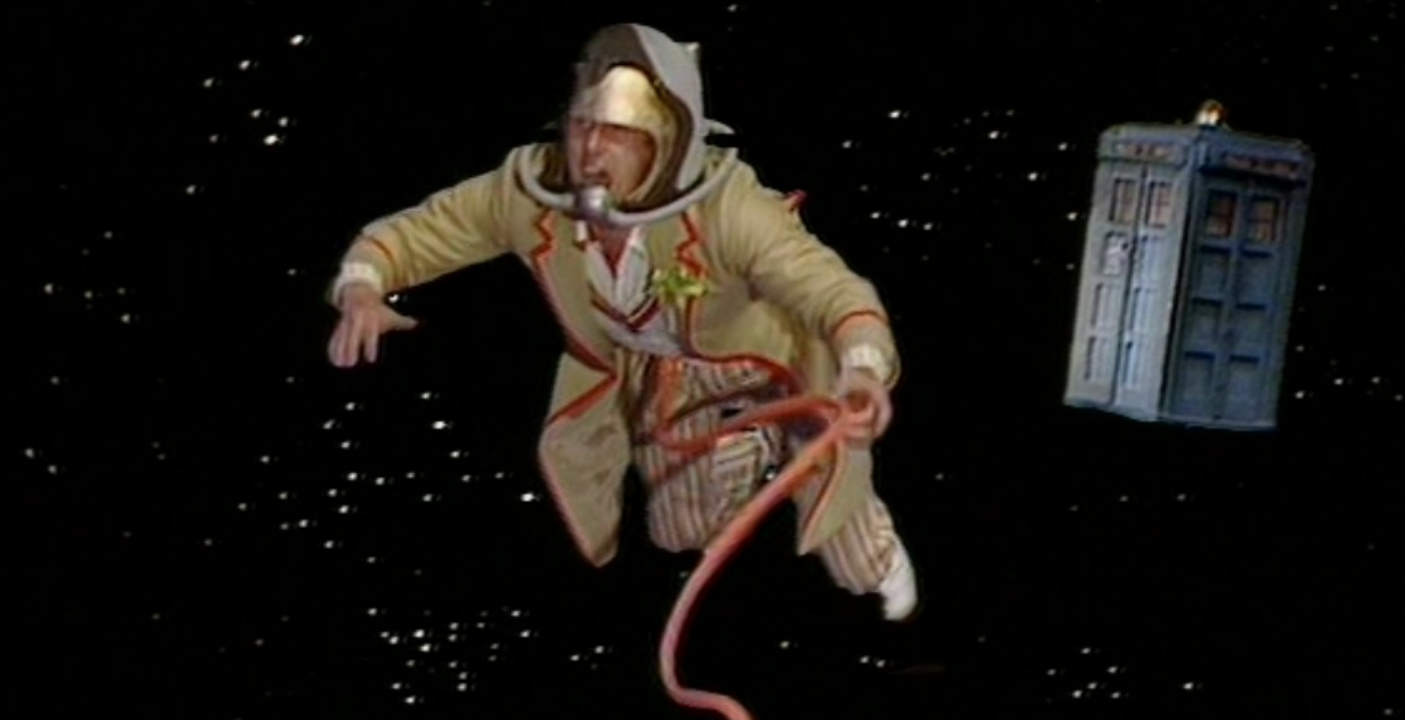Dynamics
This is Isaac Newton

The Laws Of Motion
straight motion, unless acted upon by an outside force.
and is made in the direction of the applied force.
The Law
This is Richard Feynman

Definitions tell us nothing!
is completely useless, because no prediction
whatsoever can be made from a definition.
One might sit in an armchair all day long and define
words at will, but to find out what happens when two
balls push against each other, or when a weight is hung
on a spring, is another matter altogether, because the
way the bodies behave is something completely
outside any choice of definitions.
The Laws Of Gorce?
its position and does not move, then when we see something drifting, we could say that must be due to a “gorce”—
a gorce is the rate of change of position.
stands still except when a gorce is acting.
You see, that would be analogous to the above definition
of force, and it would contain no information.
This is The Doctor

...illustrating The 3rd Law
or the mutual actions of two bodies upon each other are always equal, and directed to contrary parts"
halfway between an alien ship and your TARDIS...
Falling Objects
If you drop a 1kg weight and a 2kg weight,
how much faster does the 2kg weight fall?
(see around 15:00 - 16:30)
Gravity

This says that every object in the universe is "magically" attracted to every other object in the universe,
instantaneously, and without limit of distance.
This is really weird.
(Also, it's not entirely accurate.)
Gravity Near Earth
Objects near the surface of the Earth
all have fairly similar values of "r squared"
and the Earth is massive enough to make the
influence of other bodies relatively negligible.
That's why we can approximate things down to:
F = mg
Where 'g' is Earth's local gravity "magic number"
Calculate It!
G = 6.67 x 10
-11
(
m
3
kg
-1
s
-2)
M
e = 6 x 10
24
(kg)
r = 6.4 x 10
6
(m)
g = GM
e/r
2
=
(6.67 x 6 x 1013) /
(6.4 x 6.4 x 1012)
= 9.77 (The correct value is actually 9.81)
Other Mysterious Forces

Summary
Velocity-Time graphs
understanding the situation e.g.

Computing Displacements
only infer them from their eventual effects on a position.
Numerical Integration

Mid-Point Integration

than relying purely on either of the end points.
Uniform Acceleration

Algebraically
for small increments of time, called "dt"...
Kids Can Do This
...with the help of computer simulations
...which they write themselves (16:30 - 19:00)
Homework Pt 2.
which can rotate freely in space (by, erm, "magic")
wrap-around positional behaviour.
Framework
evt.button and evt.which (etc.) on mouse-click events:
JavaScript
computations on vector quantities...
'x' and 'y' values for each component.